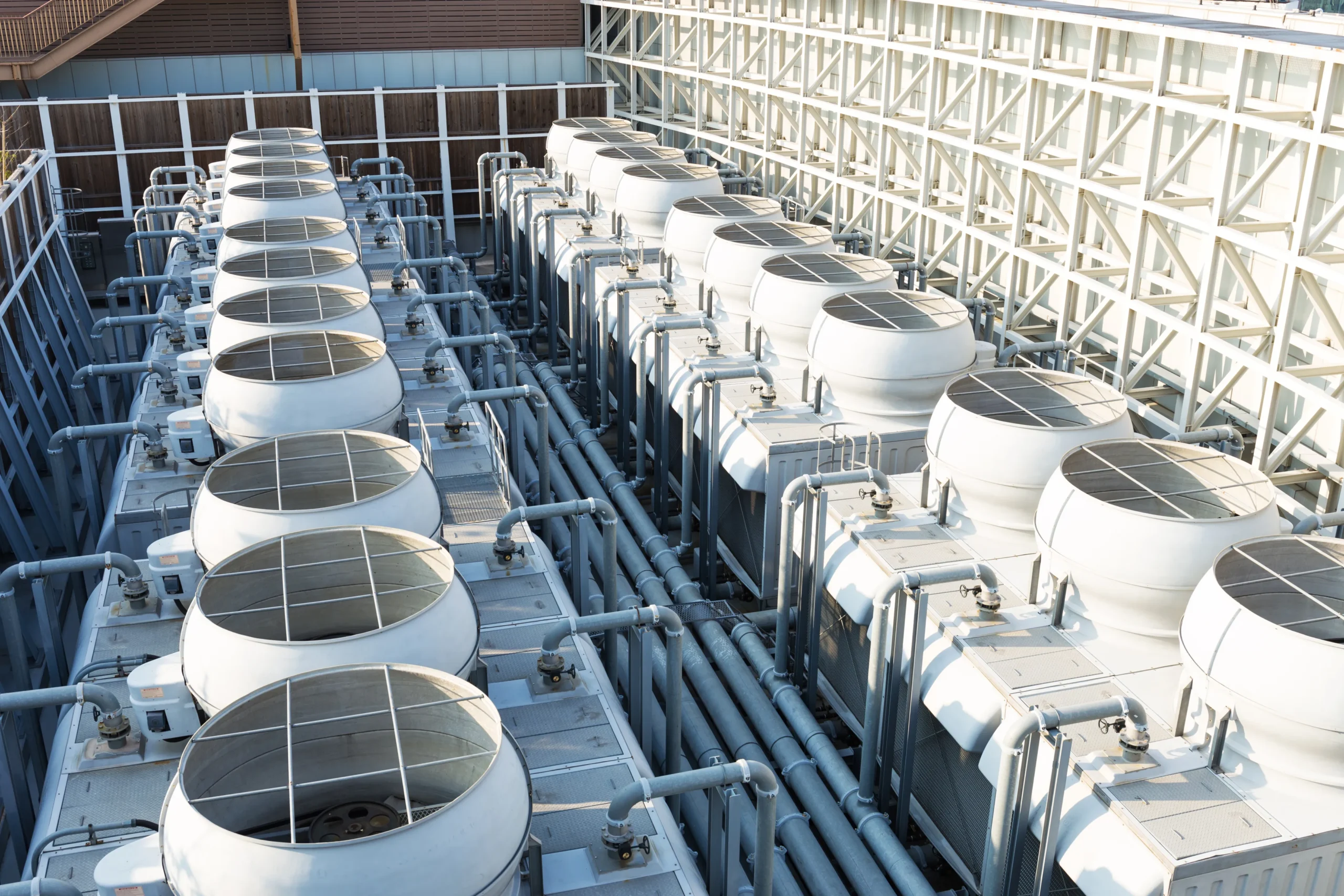


A cooling tower’s purpose is to dissipate heat from a structure or facility by transferring heat into the interior of the building using water jets sent down through the tower. While passing through the falling water, air enters the tower from its sides. Some of the water evaporates as the air moves through the liquid, exchanging heat with it. A fine cloud-like vapor produced by the heat and water evaporation as it exits the top of the tower.
Heating, ventilation, and air conditioning (HVAC) business uses cooling towers extensively. There are several types:
- Mechanical draft cooling tower
They are the most popular cooling towers in buildings which pull or push air through the tower using powered fans. The air is forced through the tower by power-driven fan motors, which are typically positioned outside the structure. The mechanical draught cooling towers are substantially smaller than the natural draught cooling towers for the same capacity utilized. This is because the volume of air that is pushed out by the fan has increased, increasing its cooling capability.
- Atmospheric cooling tower
Instead of using a mechanical fan to circulate air through the tower, atmospheric cooling towers use a pressure spray to induce a natural induction airflow.
- Hybrid draft cooling tower
To boost airflow, mechanical draft fans are installed in hybrid draught cooling towers.
They are also known as fan-assisted natural draft towers as a result.
Their design is to reduce the amount of horsepower needed for the air flow while having the least potential influence on stack costs.
- Construction-characterized cooling tower
They are frequently built as hyperbolic, doubly curved concrete shell constructions that are held up by a network of struts. The foundations are made of a wide concrete strip and an angled pond wall that forms a circular “tee” beam.
- Shape characterized cooling tower
There are two sorts of mechanical drafts, rectilinear and circular, depending on the form. Rectilinear towers are built cellularly, linearly extending to the length and quantity of cells required to achieve a particular thermal performance. Instead, there are towers, which, as their name suggests, are essentially circular in plan form, with fans grouped as closely as is physically possible around the tower’s center point.
Advantages of a cooling towers
Compared to alternative choices, cooling towers may typically be more affordable for industrial cooling, but the efficiency issue might be disappointing. It is essential to monitor the efficiency factor since it guarantees the following:
- decreased use of water
- savings in energy
- prolonging the life of the equipment
- lower operational expenses
Understanding the sort of cooling tower, you are using, utilizing chemicals effectively, and keeping track of system water loss are all crucial for maintaining the cooling tower’s efficiency.
Why Choose Smart Climate Solutions?
Buy Cooling towers from Smart Climate Solution of best quality at very low prices. Our portfolio is quite amazing as we have given services to Metro, Nestle and DHA. Contact us now to avail our premium services and become one of our happy clients.



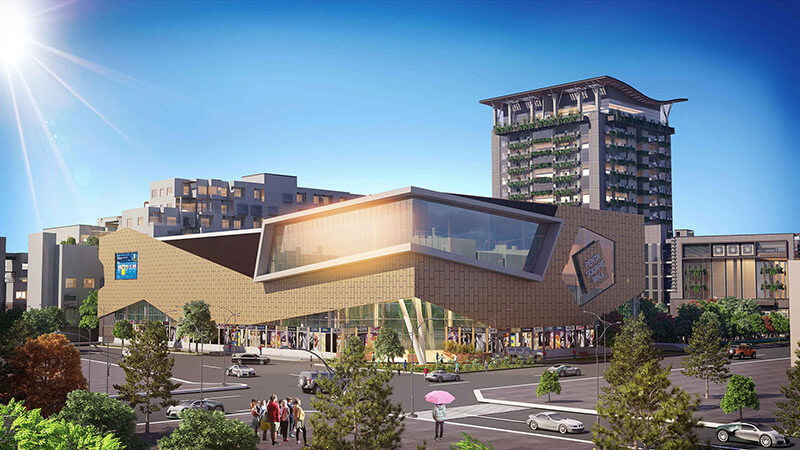
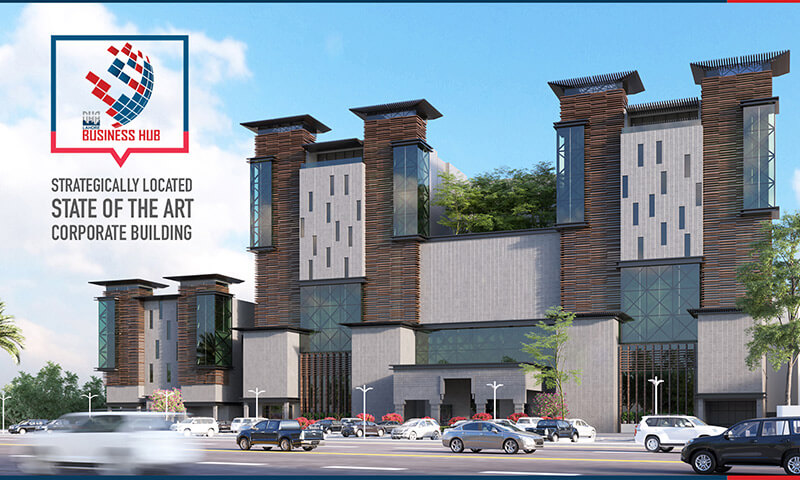
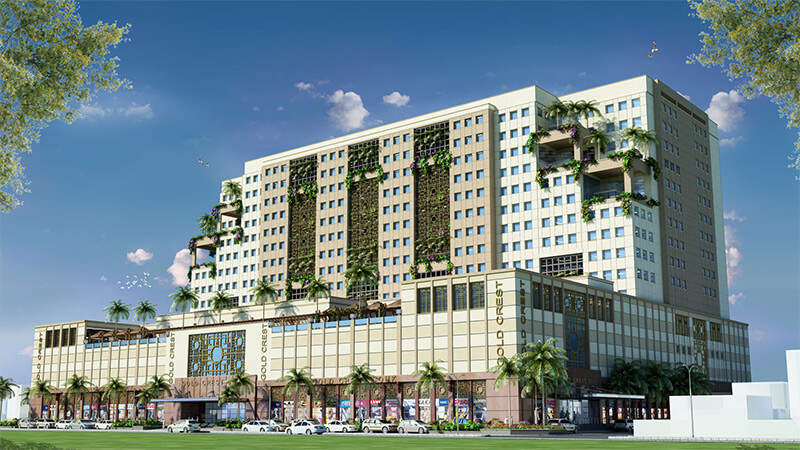
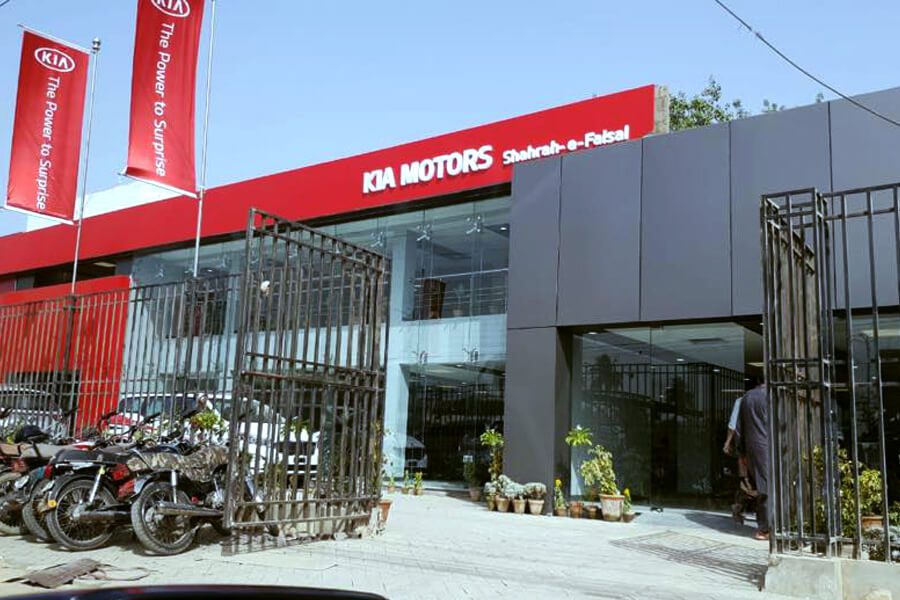
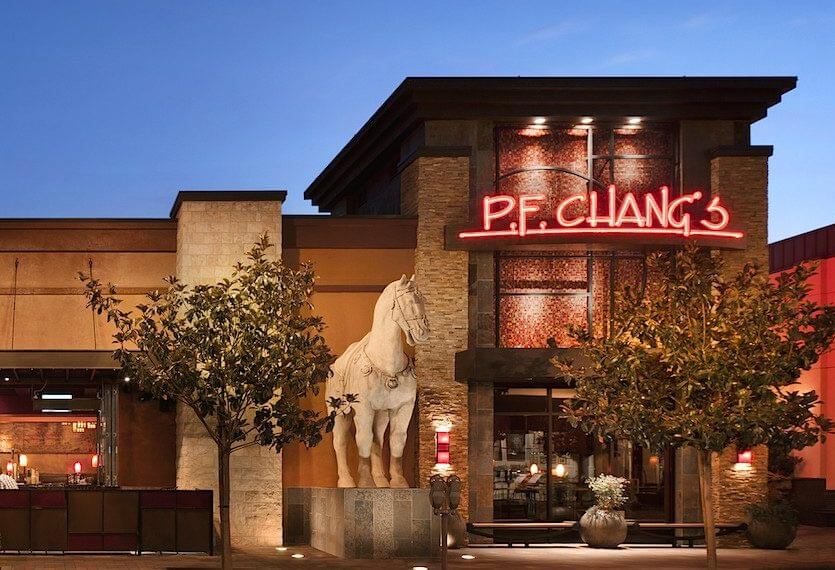


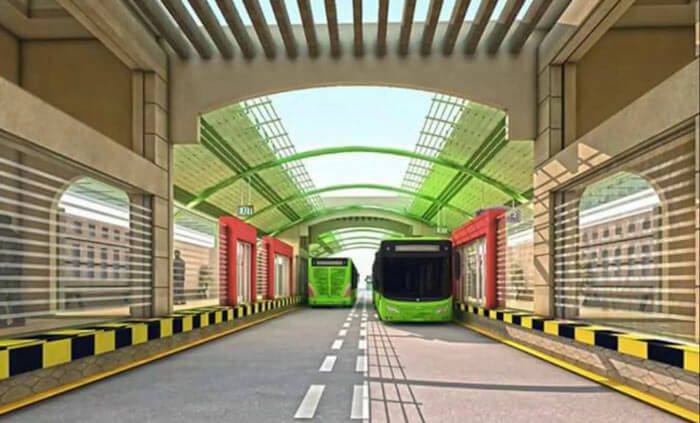
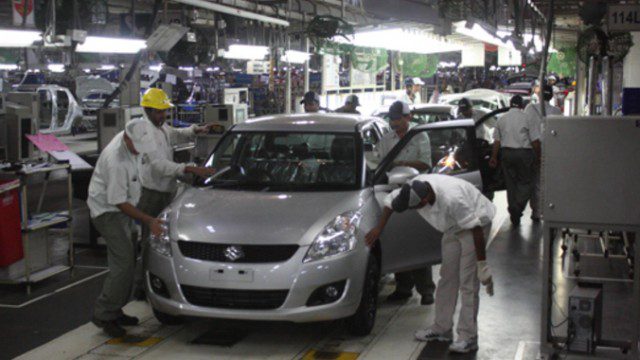
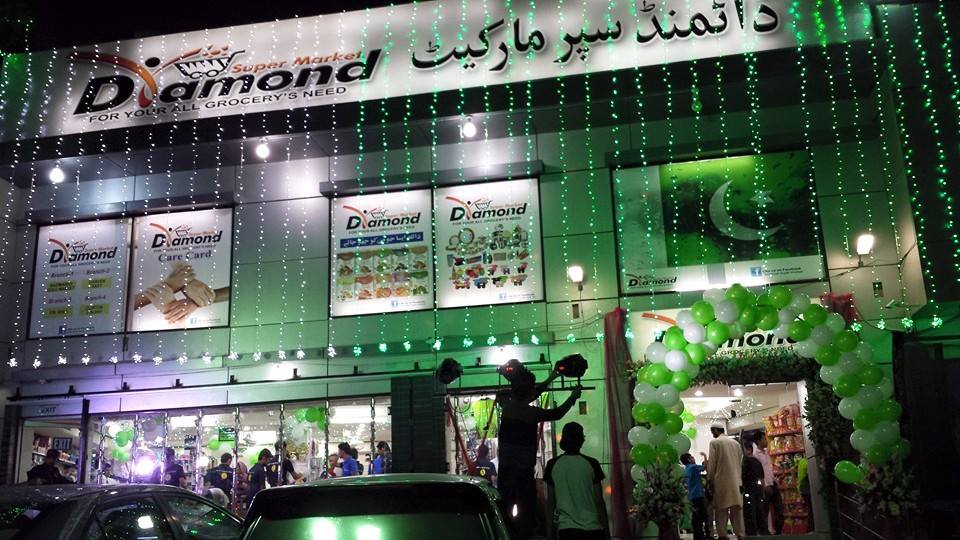
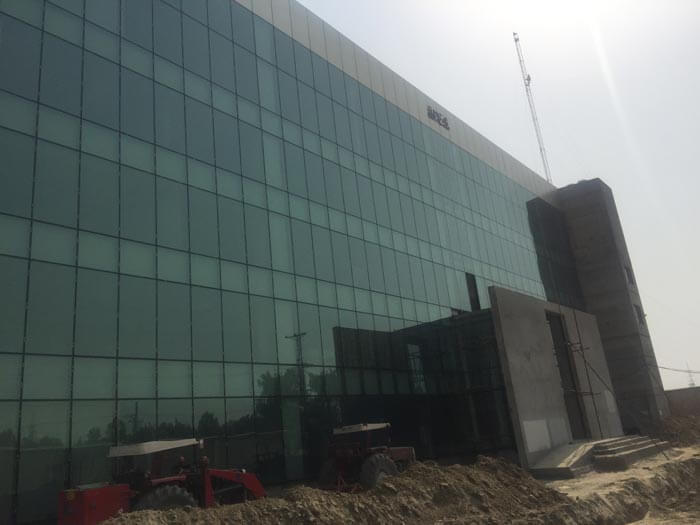
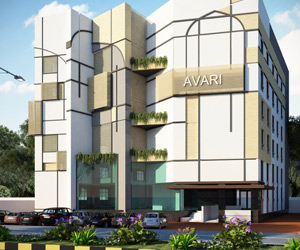
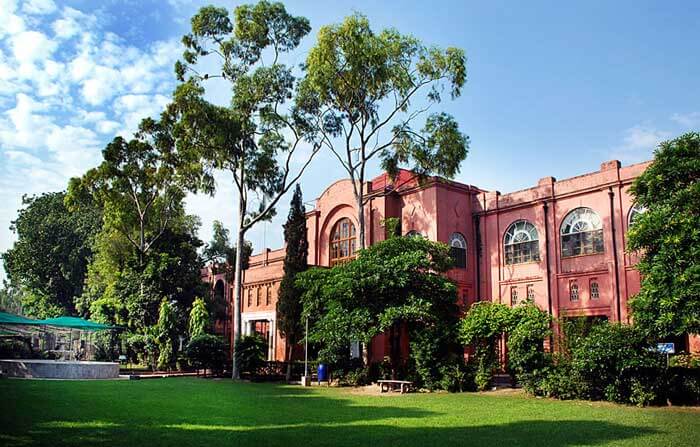

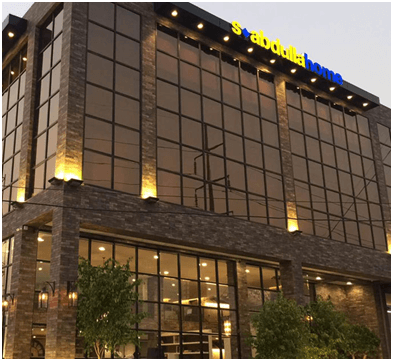
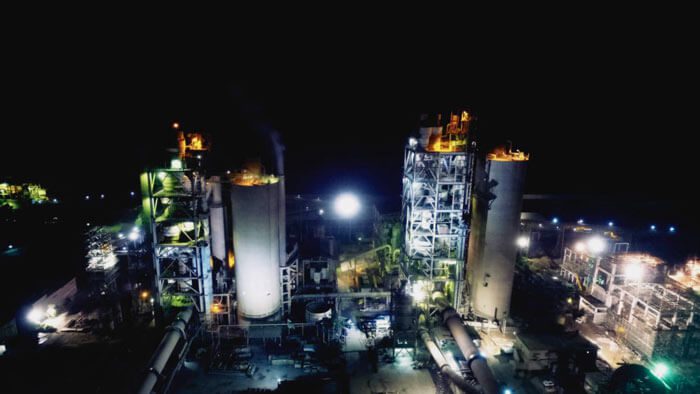



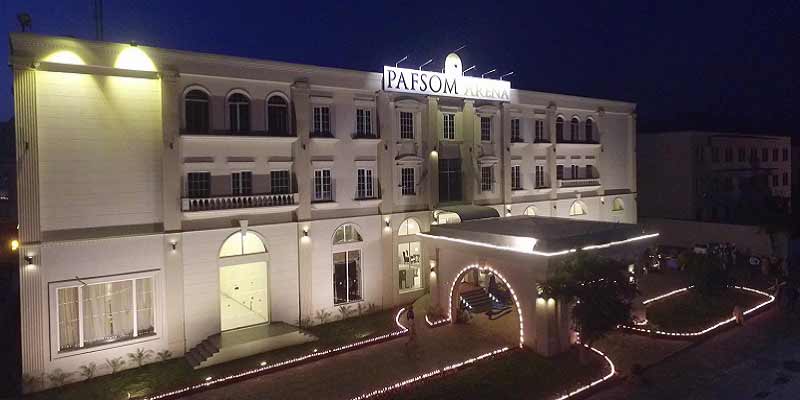
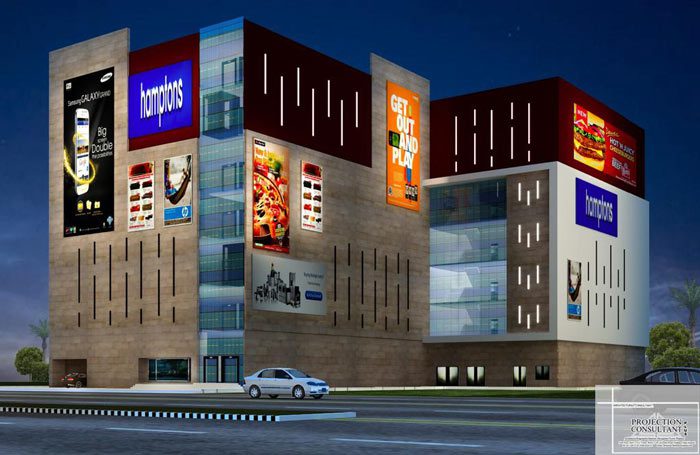
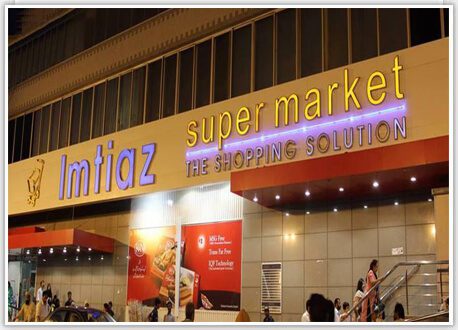
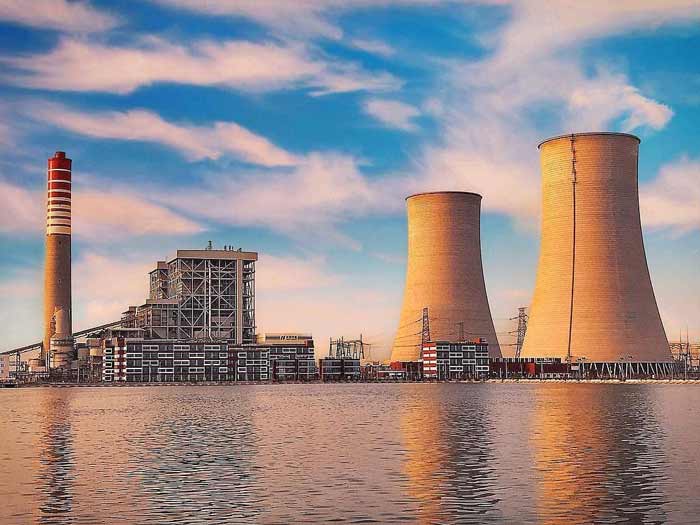
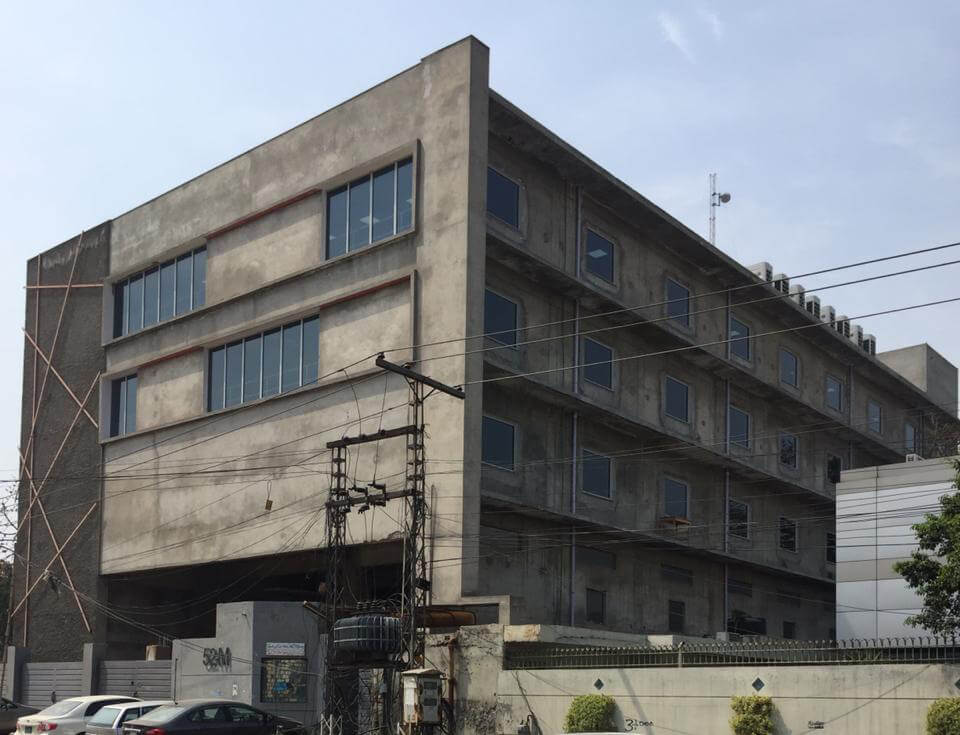
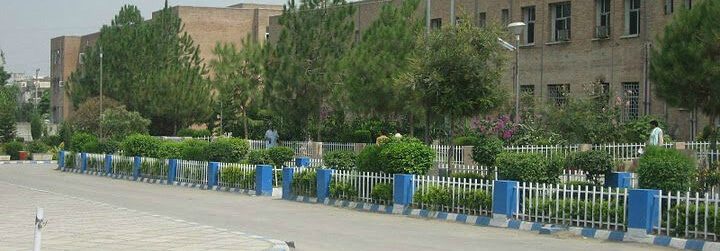

No Comments